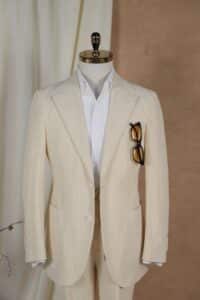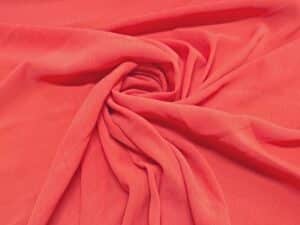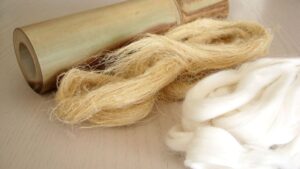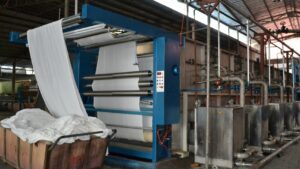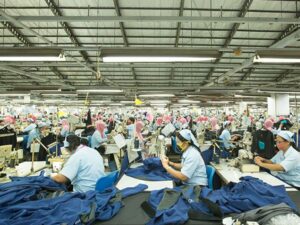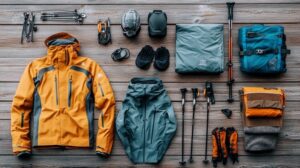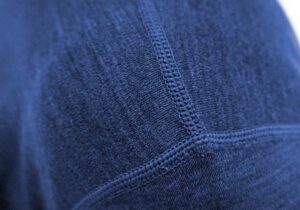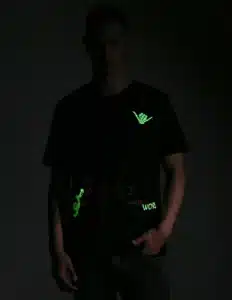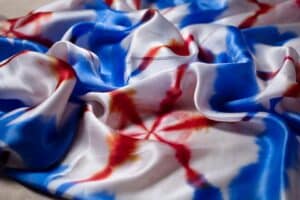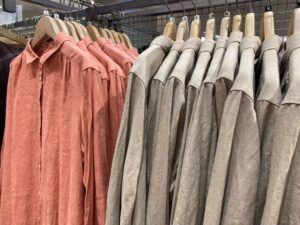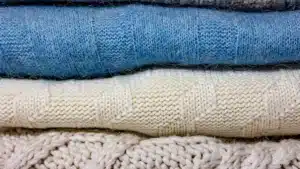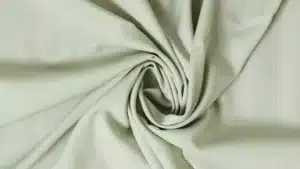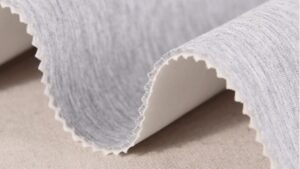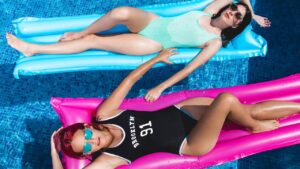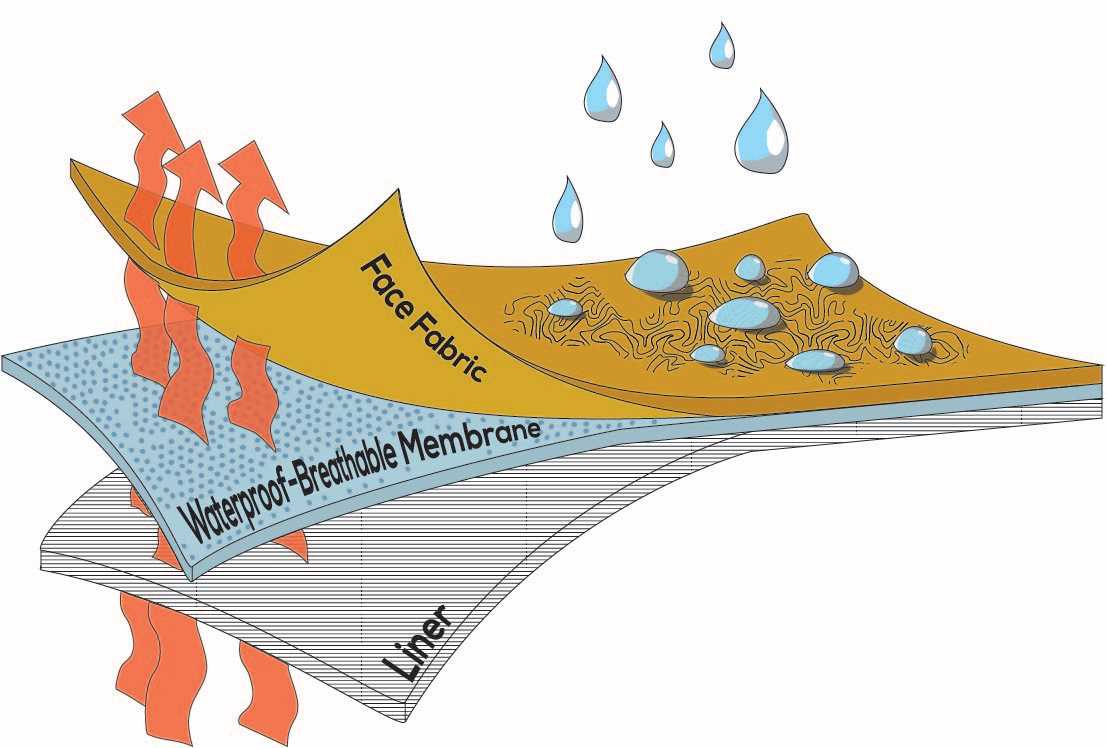
When you're outside, staying comfy depends on your clothes. Clothes need to handle moisture well to keep you dry. This is where MVTR meaning comes into play, as it stands for Moisture Vapor Transmission Rate. MVTR shows how easily fabric lets water vapor pass through. It’s important for breathable clothes so sweat can escape instead of staying inside.
Removing moisture quickly helps keep you cool. When you’re active, sweat needs to evaporate to cool your body. If water vapor stays in your clothes, it traps heat and feels uncomfortable. Higher MVTR levels stop this by managing moisture better. This makes outdoor activities more fun and less sweaty.
Key Takeaways
MVTR means Moisture Vapor Transmission Rate. It shows how fabric lets sweat out.
Clothes with high MVTR (above 10,000 g/m²/24hrs) keep you dry. They are great for hard activities like hiking or running.
For slower activities like camping, medium MVTR (around 10,000 g/m²/24hrs) works fine to handle sweat.
Think about the weather and your activity when picking MVTR. This helps your clothes work well in different situations.
Match MVTR with waterproofing and strength to get the best outdoor gear for your trips.
MVTR Meaning and Its Importance in Outdoor Clothing
What is MVTR?
MVTR stands for moisture vapor transmission rate. It shows how well fabric lets water vapor pass through. This is important for outdoor clothes because it helps sweat escape. MVTR is measured in grams per square meter per day (g/m²/24hrs). For example, if a fabric has an MVTR of 10,000 g/m²/24hrs, it means 10,000 grams of water vapor can pass through one square meter in a day. This tells you how breathable the clothing is and how it works during activities.
Why MVTR Matters for Outdoor Activities
When you hike, run, or camp, your body sweats to cool down. If your clothes trap sweat, you’ll feel hot and uncomfortable. Clothes with high MVTR ratings remove moisture up to seven times better than those using air flow alone. Even if a fabric doesn’t let much air through, a high MVTR still manages moisture well. Picking clothes with the right MVTR can keep you dry and comfy during outdoor fun.
The Connection Between MVTR and Comfort
Comfort in outdoor clothes depends on how they handle moisture. Higher MVTR ratings help remove sweat faster, keeping your body cool. This is very helpful when hiking or running since your body heats up. Studies show MVTR is key for staying comfy during both easy and hard activities. Choosing clothes with a good MVTR rating makes outdoor adventures more breathable and enjoyable.
How Moisture Vapor Transmission Rate is Measured

Common Ways to Measure MVTR
Knowing how MVTR is tested helps you pick breathable clothes. Two main ways are used to check how fabrics handle moisture.
Upright Cup Method
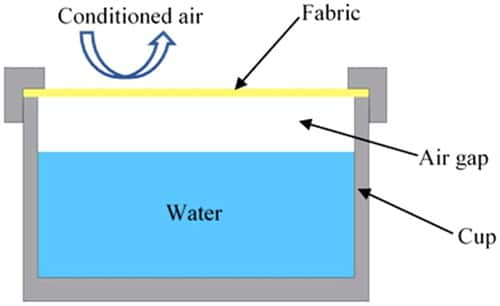
This method checks how much water vapor passes through fabric in 24 hours. A cup with water is covered by the fabric being tested. The setup is kept in a controlled space, and the cup's weight is checked. The weight loss shows how much vapor passed through the fabric. This method is simple but gives lower MVTR numbers.
Sweating Hot Plate Method
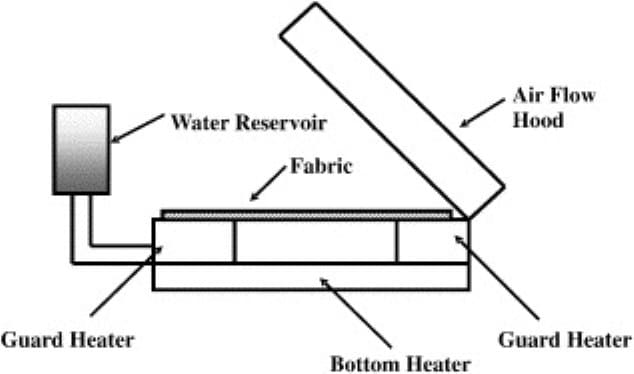
This method mimics how your body sweats during activity. A heated plate covered with fabric acts like skin. The plate "sweats" by releasing water vapor, and the fabric's ability to let it pass is measured. This test gives results as evaporative resistance, not MVTR. It’s more detailed and shows how fabrics work in real life.
"Two common tests give different results: MVTR and evaporative resistance. MVTR measures evaporation through fabric, while the sweating hot plate mimics skin conditions."
Understanding MVTR Ratings
Low, Medium, and High Levels
MVTR ratings show how breathable a fabric is. Low ratings (below 2,000 g/m²/24hrs) mean poor breathability, not good for hard activities. Medium ratings (2,000–10,000 g/m²/24hrs) are fine for moderate activities. High ratings (above 10,000 g/m²/24hrs) mean great breathability, perfect for intense outdoor fun.
Choosing Ratings for Activities
Pick MVTR ratings based on your activity level. For tough activities like running or hiking, choose high MVTR clothes. These fabrics let sweat escape fast, keeping you dry. For easier activities like camping, medium MVTR ratings work well. Always match the rating to your needs for comfort and performance.
Standard | MVTR Result (g/m²/24hrs) | Notes |
|---|---|---|
Average 772 | Gives lower MVTR numbers | |
Average 13,421 | Gives higher MVTR numbers, quick test | |
JIS L1099 B2 | Average 12,662 | Slightly lower than B1 |
By learning these tests and ratings, you can choose breathable clothes. This helps your outdoor gear match your activities and keeps you comfy in all conditions.
RET(Resistance to Evaporative Heat Transfer) vs. MVTR (Moisture Vapor Transmission Rate)
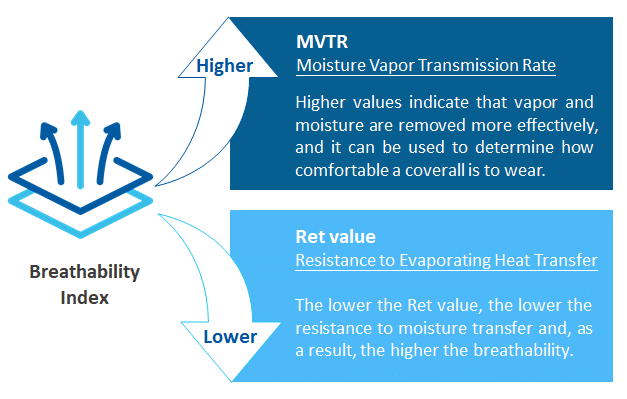
You might ask how RET compares to MVTR. Both check breathability but in different ways.
RET measures how hard it is for sweat vapor to escape. MVTR shows how much vapor passes through over time.
RET is expressed in Pa.m²/W(Square Metres Pascal per Watt). MVTR is expressed in g/m²/24hrs (Grams per Square Meter per 24 Hours).
MVTR and Its Role in Comfort and Performance
Managing Moisture and Sweat
When you’re active, your body sweats to cool down. If sweat stays in your clothes, it feels uncomfortable. High MVTR fabrics let sweat evaporate fast, keeping you dry. This helps your body stay cool naturally. Studies show fabric must move water vapor well to manage moisture. MVTR measures how much sweat escapes through fabric daily. Picking clothes with high MVTR stops sweat from staying, making activities more comfortable.
Preventing Overheating During Activities
Getting too hot can ruin outdoor fun, like hiking or running. Fabrics with high MVTR release sweat quickly to cool you down. This helps control body heat and avoids overheating. It also lowers the chance of chills when it’s cold outside. Waterproof breathable clothes keep sweat and rain out. They balance dryness and comfort in changing weather.
High MVTR fabrics remove sweat fast to keep you cool.
Waterproof breathable clothes manage sweat and outside moisture well.
Enhancing Performance in Various Weather Conditions
A jacket’s performance depends on handling sweat in all weather. High MVTR fabrics move sweat vapor even in humid air. This stops sweat buildup inside, which happens with some jackets. Less moisture inside makes you feel better and perform better. Whether it’s rainy, hot, or cold, breathable waterproof clothes keep you dry. This lets you focus on your activity instead of worrying about your gear.
Practical Tips for Picking Outdoor Clothes Using MVTR
Choosing MVTR for Different Activities
High-Energy Activities (e.g., running, hiking)
For activities like running or hiking, pick clothes with high MVTR. These activities make you sweat a lot. Fabrics with an MVTR of 20,000 g/m²/24hrs or more are best. They let sweat escape fast, keeping you dry and comfy. For example, trail running in warm weather needs jackets with 30,000 g/m²/24hrs MVTR. This helps your body stay cool and avoids overheating during tough workouts.
Low-Energy Activities (e.g., casual camping)
For slower activities like camping, you need less breathable clothes. An MVTR of about 10,000 g/m²/24hrs is enough. This level works well for slow or still activities with little sweat. Jackets with this MVTR also protect you in cooler weather. They keep you dry while staying comfortable.
MVTR Rating (g/m²/24hrs) | Best Conditions | Good For |
|---|---|---|
10,000 | Cool weather, slow activities | Camping, fishing, snowsports |
20,000 | Active, all-weather use | Hiking, climbing, backpacking |
30,000 | Warm, high-energy activities | Running, cycling, cross-country skiing |
Thinking About Weather and Climate
The weather where you live matters when picking MVTR clothes. In rainy places like Northern Europe, waterproof clothes with 20,000–30,000 g/m²/24hrs MVTR are a must. They keep rain out and let sweat escape. In deserts, breathable fabrics with UV protection are better. They help cool your body and block the sun. In cities with changing weather, a waterproof jacket with a 10,000mm rating is handy. It’s light and protects you from sudden rain while staying comfy.
Region | Weather Type | MVTR Needed | Key Notes |
|---|---|---|---|
Northern Europe | Heavy rain (1,200mm+ yearly) | 20K-30K waterproof-rated fabrics | Strong waterproof gear for wet weather. |
Desert Areas | High heat and UV exposure | 15L/m²/24hr breathability | UV protection and cooling are important. |
Cities | Mixed weather | 10,000mm waterproof rating | Lightweight rainwear for quick weather changes. |
Balancing MVTR with Other Features (e.g., waterproofing, toughness)
When buying outdoor clothes, balance MVTR with other features. A high MVTR manages sweat well but needs waterproofing to block rain. For example, a jacket with a 20,000mm waterproof rating and high MVTR keeps you dry inside and out. Durability is also key. Activities like climbing need tough fabrics that resist wear. Lightweight options may have higher MVTR but might not last in rough conditions. Always think about your activity and environment to choose wisely.
Tip: Research shows jackets with high MVTR handle sweat seven times better than windshirts. This proves how important MVTR is for active adventures.
Knowing about MVTR helps you pick clothes that keep you dry. Clothes with high MVTR let sweat escape fast, great for hard activities like hiking. For slower activities, medium MVTR ratings are a good choice.
Tip: Match MVTR ratings to your activity and weather. This helps your clothes work better and keeps you comfy.
Choose clothes with the right MVTR to enjoy outdoor fun. The right gear boosts performance and makes adventures better.
FAQ
What does a high MVTR rating mean for outdoor clothing?
A high MVTR rating shows fabric lets sweat vapor escape. This keeps you dry and comfy during tough activities like running. Look for ratings over 10,000 g/m²/24hrs for great breathability.
Is MVTR the same as waterproofing?
No, MVTR checks breathability, while waterproofing stops water from entering. Some jackets have both high MVTR and waterproofing to keep you dry. Always check both ratings for the best performance.
How do I know which MVTR rating suits my activity?
Choose the rating based on your activity level. For active sports, pick fabrics with 20,000 g/m²/24hrs or more. For slower activities, 10,000 g/m²/24hrs is enough. Use this guide’s tips to decide.
Can MVTR ratings vary between brands?
Yes, brands may test fabrics differently, causing MVTR ratings to vary. Compare ratings using the same standard, like ASTM E96 or JIS L1099, for accuracy.
Does MVTR matter in cold weather?
Yes, MVTR is important in cold weather. It prevents sweat from staying in clothes, which feels cold and wet. High MVTR fabrics help keep you warm and dry in winter.
Tip: Wear breathable layers with high MVTR to stay cozy and dry during cold adventures.

